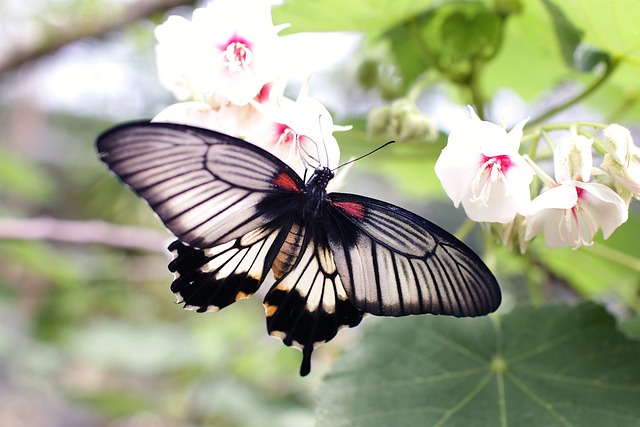Ticker
6/recent/ticker-posts
Ad Code
35 Fascinating Facts About Butterflies|| Smart Snippets
The appu world
September 09, 2023
Most Popular
Categories
Search This Blog

5 Mysteries About Bermuda Triangle| Smart Snippets
August 02, 2023

35 Fascinating Facts About Butterflies|| Smart Snippets
September 09, 2023

What is Nature? and Why is it Important?| Smart Snippets
June 28, 2023
About Me
Followers
Ad Code
Featured post
 Science
Science
10 Amazing Facts About Botany|| Smart Snippets
The appu worldDecember 16, 2023
Popular Posts
Footer Menu Widget
Crafted with by Blogspot Theme | Distributed by Gooyaabi Themes









0 Comments